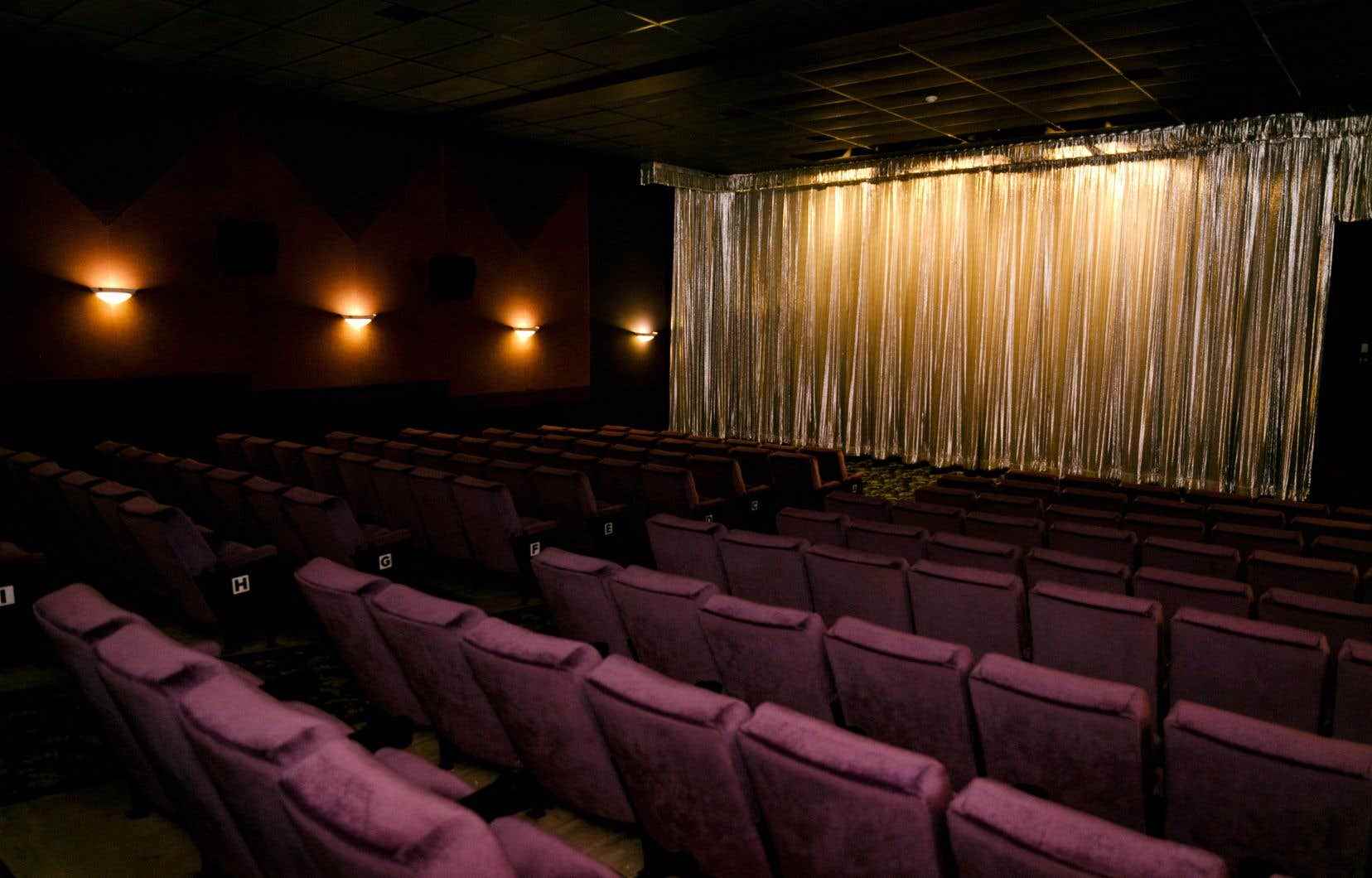At first glance, the Pine cinema in Sainte-Adèle does not look like much, with its modest wooden facade, which gives it the air of a barn or general store. But behind its walls hide the secrets of an irreducible family business that has become an institution, administered from father to son since 1948, like a snub to the skeptics who cry, every full moon, at the death of the big screen.
“With eight screens, the Pine is a multiplex that presents auteur cinema, in the regions, an hour and a half drive from Montreal. It’s extraordinary, ”rejoices Stéphane Desjardins, journalist and author of a book on the history of cinema, published a few weeks ago. Entitled The Fermanian family. The history of the Pine cinema in Sainte-Adèlethe book reflects the rich history of the establishment and the strong ties that unite it to its public.
Administered by the Fermanians for three generations, the Pine is the oldest cinema continuously operated by the same administration in Quebec, according to Tom Fermanian, co-director with his son Perry. On the second floor of the main building is also the apartment where Tom grew up – it is now used as a warehouse – he who took over the reins of the company at 16 years old.
It was therefore Tom’s father, Phil Fermanian, who founded the Pine in 1948. His small family had fled the Armenian genocide and had settled in Sainte-Adèle in the hope of cultivating the land there. Phil, who nurtured his cinema project for years before he realized it, had among other things made himself known in the region by presenting films in church basements.
“This cinema has gone through a whole section of the history of Quebec. The years 1930-1940, it is the time when the Pays-d’en-Haut develops and opens up to vacationing, it is the time of the release of the novel A man and his sin. The author Claude-Henri Grignon, who was also mayor of Sainte-Adèle, even attended the very first performance of Pine,” says Stéphane Desjardins.
Timeless charm
Today, we enter the Pine like a time capsule. The comforting smell of popcorn machines, the hotel-like carpeting, and the thick velvet curtains in front of each screen evoke both childhood memories and the constancy of a timeless, unchanging space. , where you feel at home.
When asked if he intends to completely renovate his — albeit very well maintained — theater to bring it up to date, Perry replies that you “don’t change a winning combination. We are renovating certain aspects step by step, like our seats which are now very comfortable, but we would lose our charm if we tried to follow fashions”.
However, the piece de resistance of the cinema remains its authentic 35 and 70 mm projector. Perched in one of the projection rooms, it stands as the ultimate cinephile symbol of the passage of time, and of the Pine’s ability to overcome it. “We experienced the arrival of television, then digital, and we stayed up. We’ve even continued to show films on film for special events over the past few years,” says Tom.
Mr. Desjardins, who has frequented the Pine since he moved to the Laurentians in the 1990s, is full of praise for the Fermanians: “Great filmmakers like Tarantino understood that films could be good, even best when projected on film. The Fermanians are also stubborn, because they chose to present quality films in Sainte-Adèle, and they succeeded. »
The keys to success
This year, the box office results point to a crisis in cinema, both in France and in Quebec. The industry is still struggling to recover from the pandemic and distinguish itself in the face of growing competition from platforms. This does not worry Tom Fermanian: “Every ten years, people think that the cinemas are going to die, but we are still there”, he says, extolling the merits of the immediacy and the socialization specific to the rooms obscure.
The Pine has never stopped growing. It is now spread over two separate buildings, with a “Phase 2”, erected a street corner away in 1995, and housing three rooms. Stéphane Desjardins believes that the kindness and dedication of the Fermanians are at the root of their success: “Tom and Perry are always there to greet customers with a smile, and people remember that. »
Above all, according to Tom, it was his clients and his films that made the difference. “We are lucky to have a very loyal clientele. […] and to be able to take advantage of the presence of tourists in high season,” he says. According to Mr. Desjardins, this clientele, generally more affluent, is also more inclined to “see quality auteur cinema”.
When The duty visited the place on a Tuesday evening in late October, the atmosphere was rather quiet. A few dozen people—smiling, several waving to the Fermanians as they passed—were there, come to see as many of the last blockbuster that Falsecon Lake by Charlotte Le Bon, who is also a former cinema employee.
Upstairs, somewhere in the clutter of the family’s old apartment, lay the Jutra Award for Best Venue Operator, won by Tom in 2006. When asked about his father’s legacy, Perry admits he has “great responsibilities” to assume, but he remains optimistic for the future, enthusiastic at the idea of seeing, one day, his children take his place.
